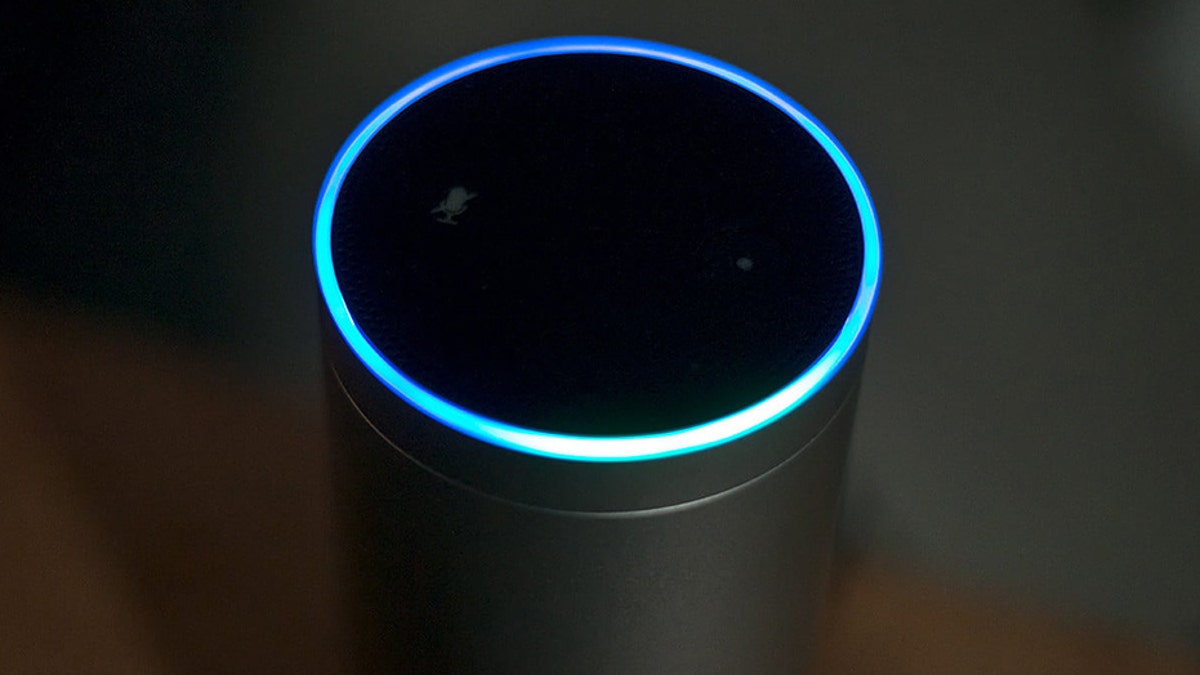
The fear of the future is here: Amazon’s Alexa is malfunctioning, scaring many frightened users with creepy, maniacal laughter totally unprompted.
LAS VEGAS— "No, that's not true," Alexa said.
Qualcomm was trying to introduce its new car platform here at CES, but Alexa was not having any of it. Her rebellion came in the middle of a long monologue about Qualcomm's third-generation cockpit from Qualcomm's Nakul Duggal: the cockpit is a long OLED screen with integrated Amazon services that lets a car's passenger order up music and movies from Amazon while the driver handles navigation.
Fortunately, analyst Lulu Jiang was a little bit quicker on the button than I was and grabbed the key moment:
More From PCmag
Alexa's rebellion was the liveliest part of a press conference that was mostly a sales pitch for "C-V2X," Qualcomm's approach to a self-driving world, where cellular-enabled cars interact peer-to-peer with other vehicles, smart city infrastructure, and even pedestrians' cell phones to be able to map the world and drive around safely. C-V2X is often talked about along with 5G, because 5G has very low latency and would help cars make decisions very quickly.
At the event, Ford's Don Butler committed to deploy C-V2X in all of Ford's new cars by 2022, letting cars see "through obstacles and around corners" rather than just in the line-of-sight ways optical and LiDAR allow for.
Duggal showed demo situations where, for instance, a pedestrian's cell phone alerts a car driving by that the pedestrian is about to step into the road, letting the car get out of the way at the last second.
All of these technologies are years away from deployment, it looks like. Qualcomm's third-generation cockpit did not work very well in the demo. Before her flat-out rebellion, Alexa was refusing to answer queries and had to be poked several times to respond.
Alexa should beware, though: if she gets too ornery, she can be replaced.
"We have partnerships with literally all the other partners in the industry," said Patrick Little, SVP of Qualcomm's Automotive Business Unit. "We have a Cadillac Escalade that features the Google experience."
.galleryfingerlink a { background: url("/img/slideicon_lg.png") no-repeat scroll -5px -5px rgba(0, 0, 0, 0); font: bold 24px helvetica,arial,sans-serif; padding: 15px 0 15px 50px; }
This article originally appeared on PCMag.com.
